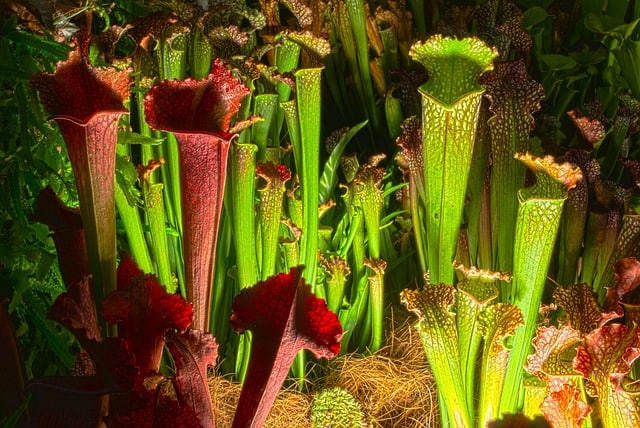Nepenthes, commonly known as tropical pitcher plants, are carnivorous plants that are popular among plant enthusiasts. They are known for their unique pitcher-shaped leaves that trap insects, providing the plant with nutrients.
However, sometimes the leaves of a Nepenthes plant may turn yellow, which can be a cause for concern for the plant owner.
Understanding Nepenthes is crucial to identifying the causes of yellow leaves. Nepenthes are native to tropical regions and require specific conditions to thrive. They need high humidity, warm temperatures, and bright, indirect light.
When these conditions are not met, the plant may become stressed, leading to yellowing leaves. Additionally, overwatering or underwatering can also cause yellow leaves.
Preventing yellow leaves requires proper care and attention. Providing the plant with the right amount of water, light, and humidity is key. It is also important to use the correct soil and to repot the plant when necessary.
By taking preventative measures, plant owners can avoid the stress that leads to yellow leaves and keep their Nepenthes healthy and thriving.
Key Takeaways on Nepenthes Leaves Turning Yellow
- Understanding Nepenthes is crucial to identifying the causes of yellow leaves.
- Preventing yellow leaves requires proper care and attention.
- Providing the plant with the right amount of water, light, and humidity is key to keeping Nepenthes healthy.
Also see:
- My Prayer Plant is Turning Yellow
- Hong Kong Orchid Tree Leaves Turning Yellow
- Heart Succulent Turning Yellow
Understanding Nepenthes
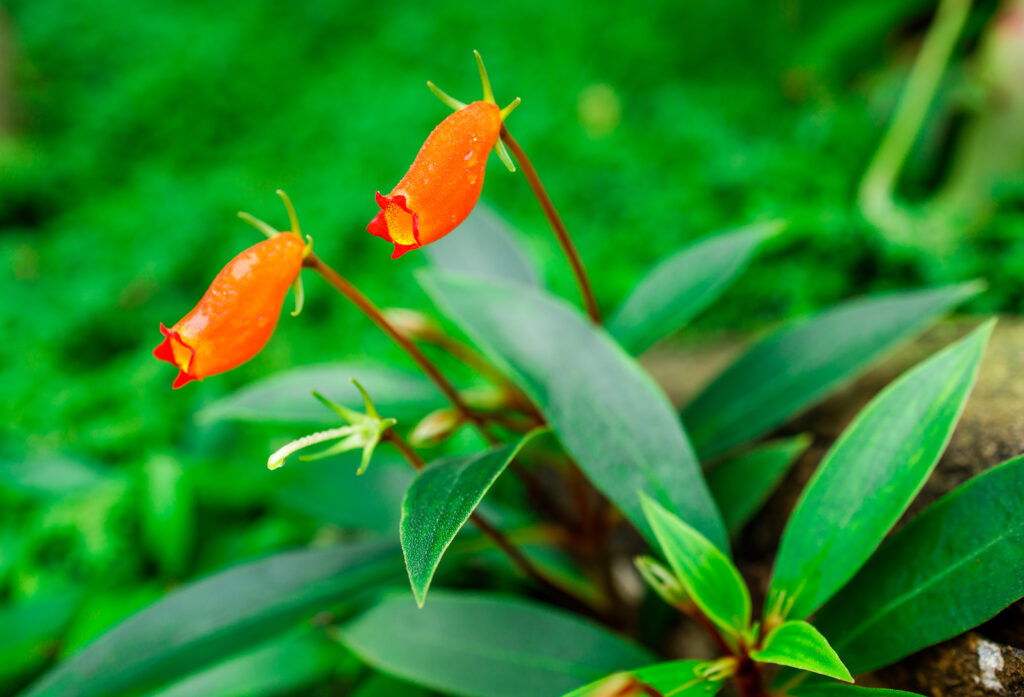
Nepenthes, also known as tropical pitcher plants, are a type of carnivorous plant that are native to Southeast Asia, Madagascar, and Australia. These plants are known for their unique appearance, which includes a modified leaf that forms a pitcher-like structure to trap and digest insects and other small prey.
Nepenthes plants are typically found in tropical and subtropical regions, and require warm temperatures and high humidity to thrive. They are often grown indoors as houseplants, but can also be found in botanical gardens and nurseries.
There are over 100 different species of Nepenthes, each with its own unique characteristics and requirements. Some species are small and compact, while others can grow to be several feet tall. Some species produce pitchers that are brightly colored and highly ornamental, while others have more plain and utilitarian pitchers.
Despite their unique appearance and carnivorous nature, Nepenthes plants are relatively easy to care for. They require well-draining soil, plenty of bright, indirect light, and regular watering. However, overwatering can lead to root rot and other problems, so it is important to be careful not to let the soil become waterlogged.
In addition to their ornamental value, Nepenthes plants are also of scientific interest due to their unique adaptations and ability to capture and digest prey.
Researchers are studying these plants to better understand how they have evolved to survive in their unique environments, and to explore potential applications in areas such as pest control and drug discovery.
Nepenthes Leaves Turning Yellow – 4 Common Problems
Yellowing leaves are a common problem among Nepenthes plants. There are several reasons why the leaves of these plants turn yellow. Understanding the causes of yellow leaves can help you take appropriate steps to address the issue and prevent further damage.
1. Watering Issues
Watering issues are one of the most common causes of yellow leaves in Nepenthes plants. Overwatering or underwatering can both lead to yellowing leaves.
Overwatering can cause root rot, which can prevent the plant from absorbing nutrients properly. Underwatering, on the other hand, can cause the plant to dry out, leading to yellow leaves. It is important to ensure that the soil is consistently moist but not waterlogged.
2. Temperature and Sunlight
Temperature and sunlight can also be factors in yellowing leaves. Nepenthes plants prefer warm, humid conditions, and they can be sensitive to temperature fluctuations. Direct sunlight can cause the leaves to scorch and turn yellow. Indirect sunlight is preferable for these plants.
3. Nutrient Imbalance
Nutrient imbalances can also cause yellowing leaves. Nepenthes plants require a nutrient-rich soil to thrive. If the soil lacks essential nutrients, the leaves may turn yellow. It is important to use a high-quality soil mix and to fertilize the plant regularly.
4. Pests and Diseases
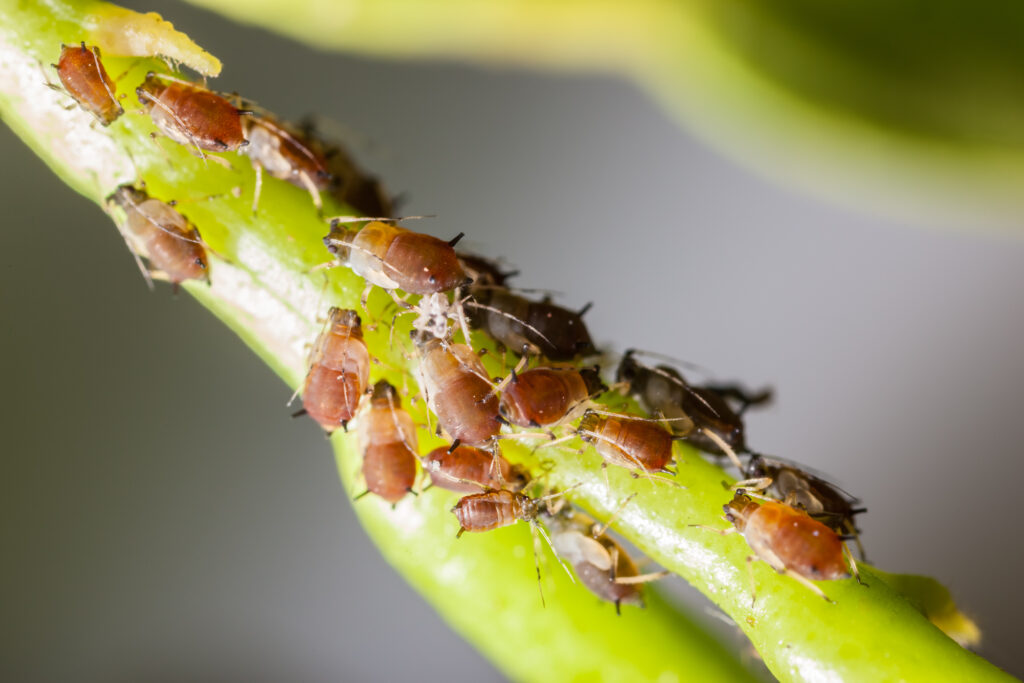
Pests and diseases can also cause yellowing leaves in Nepenthes plants. Common pests that can affect these plants include aphids, mealybugs, and spider mites.
Diseases such as root rot can also cause yellowing leaves. It is important to regularly inspect your plants for signs of pests or diseases and to take appropriate action if necessary. Insecticidal soap and neem oil are effective treatments for many common pests, while root rot can be prevented by ensuring proper drainage.
By addressing these common causes of yellow leaves, you can help your Nepenthes plants thrive and prevent further damage.
Preventing Yellow Leaves
Nepenthes plants are prone to developing yellow leaves, which can be caused by a variety of reasons such as overwatering, under watering, improper temperature, inadequate light, nutrient deficiency, or pest infestation. Here are some tips to prevent yellow leaves on your Nepenthes plant.
1. Proper Watering
One of the most common reasons for yellow leaves in Nepenthes plants is improper watering. Overwatering can lead to root rot, which in turn can cause yellowing leaves. On the other hand, under watering can cause the leaves to dry out and turn yellow.
To prevent yellow leaves, it is important to water the plant correctly. The soil should be allowed to dry out slightly before watering again. Water the plant thoroughly until the water drains out of the bottom of the pot.
2. Light and Temperature Control
Nepenthes plants require bright, indirect light to thrive. Too much direct sunlight can cause the leaves to burn and turn yellow. On the other hand, inadequate light can cause the plant to become weak and develop yellow leaves. It is important to provide the plant with the right amount of light.
Additionally, Nepenthes plants require a day/night temperature differential of 10-15°F to thrive. High temperatures and lack of proper airflow can lead to heat stress, which can cause yellowing in Nepenthes leaves and pitchers.
3. Nutrient Management
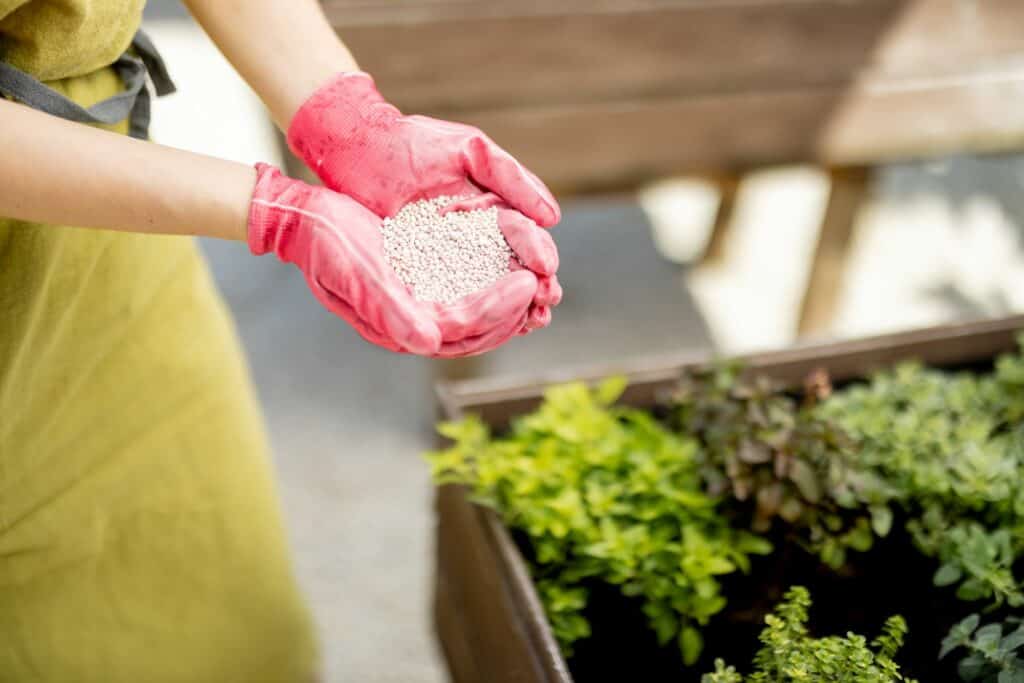
Nepenthes plants require certain nutrients in the soil to grow properly. Nutrient-poor soil can cause leaves to turn yellow. It is important to use a well-draining soil mix that is rich in nutrients. Additionally, you can fertilize the plant with a balanced fertilizer once a month during the growing season to provide the necessary nutrients.
4. Pest Control
Pests such as aphids, mealybugs, spider mites, and scale can cause yellowing of leaves in Nepenthes plants. It is important to keep the plant clean and free from pests. Regularly inspect the plant for any signs of pest infestation and treat the plant with insecticidal soap or neem oil if necessary.
By following these tips, you can prevent yellow leaves on your Nepenthes plant and ensure that it stays healthy and vibrant.
Treatment of Yellow Leaves
Yellow leaves on Nepenthes plants can be caused by a variety of factors including overwatering, underwatering, temperature and light issues, nutrient deficiencies, and pest infestations. Fortunately, there are several treatment options available to help revive yellowing Nepenthes leaves.
Watering Adjustment
One of the most common causes of yellow leaves on Nepenthes plants is improper watering. Overwatering can lead to root rot, while underwatering can cause the leaves to wilt and turn yellow. To remedy this, adjust the watering schedule according to the specific needs of the plant.
Nepenthes plants prefer moist soil, but not waterlogged soil. A good rule of thumb is to water when the top inch of soil feels dry to the touch. It is also important to use well-draining soil mixtures, such as a mixture of perlite, compost, and shredded leaves.
Temperature and Light Adjustment
Nepenthes plants thrive in warm, humid conditions with indirect sunlight. If the plant is exposed to too much direct sunlight, the leaves can become scorched and turn yellow. On the other hand, if the plant is not receiving enough sunlight, the leaves may also turn yellow.
To remedy this, adjust the placement of the plant to a location with the appropriate amount of sunlight. If the plant is receiving too much direct sunlight, consider using a shade cloth or net to diffuse the light. Additionally, increasing the humidity levels around the plant can help it stay cool and prevent yellowing.
Nutrient Supplementation
Yellow leaves on Nepenthes plants can also be a sign of nutrient deficiencies, particularly nitrogen. To remedy this, consider supplementing the plant with a balanced fertilizer that contains nitrogen, phosphorus, and potassium. Be sure to follow the manufacturer’s instructions for application rates and frequency.
Pest Treatment
Pests such as aphids, mealybugs, spider mites, and scale can also cause yellowing leaves on Nepenthes plants. To treat these pests, consider using neem oil or insecticidal soap.
Be sure to follow the manufacturer’s instructions for application rates and frequency. It may also be helpful to isolate the affected plant to prevent the spread of pests to other plants.
Additional Tips for Healthy Nepenthes
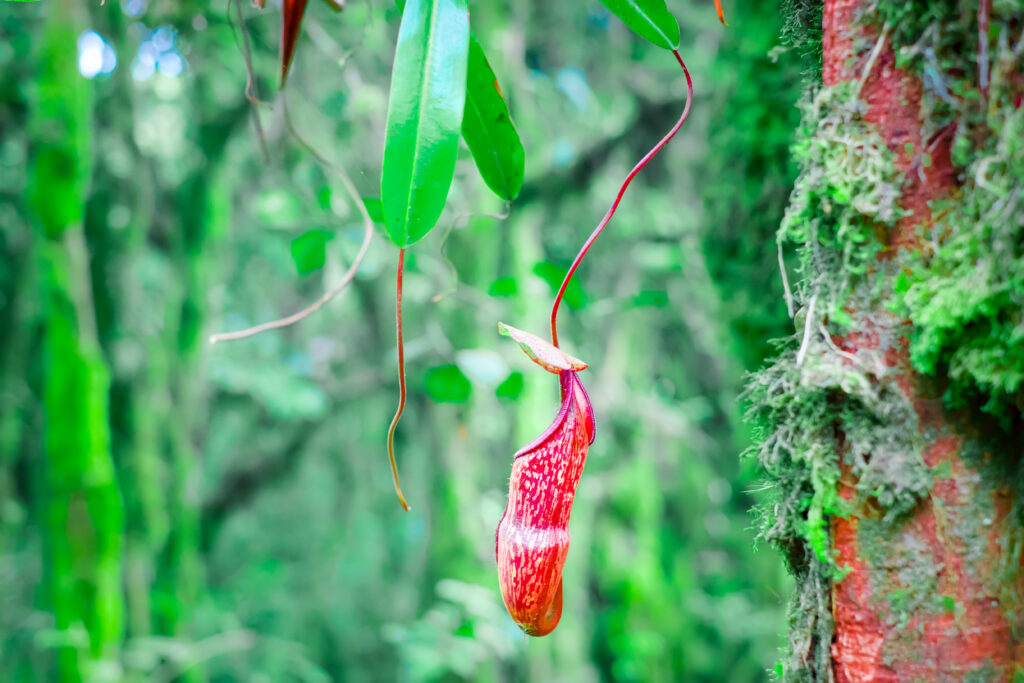
Nepenthes plants are fascinating and unique plants that require specific care to thrive. Here are some additional tips to keep your Nepenthes plant healthy:
1. Watering
Nepenthes plants require consistent moisture, but they do not like to be waterlogged. It is important to water them regularly but avoid allowing the soil to become too soggy. Watering with distilled or rainwater is recommended, as tap water can contain minerals that may harm the plant.
2. Sunlight
Nepenthes plants require bright light, but direct sunlight can scorch their foliage. It is best to provide them with bright, indirect light. If grown indoors, placing them near a window that receives bright light is ideal.
3. Soil and Drainage
Nepenthes plants require well-draining soil to prevent waterlogging. Adding perlite to the soil mix can help improve drainage. It is also important to ensure that the pot has drainage holes to allow excess water to escape.
4. Humidity
Nepenthes plants require high humidity levels to thrive. A humidity level of around 60% is ideal. Placing the plant in a terrarium or using a humidifier can help maintain the necessary humidity levels.
5. Feeding
Nepenthes plants obtain their energy from their pitchers, but they can benefit from occasional feeding. Using a fertilizer specifically formulated for pitcher plants can help provide them with the nutrients they need.
6. Repotting

Nepenthes plants should be repotted every one to two years, or when the pot becomes too small. When repotting, use a soil mix specifically formulated for carnivorous plants.
By following these additional tips, you can help ensure that your Nepenthes plant remains healthy and vibrant.
Frequently Asked Questions
What causes yellowing leaves on Nepenthes plants?
Yellowing leaves on Nepenthes plants can be caused by several factors. One of the most common reasons is overwatering. When the soil is too moist, the roots of the plant can become waterlogged, leading to yellow leaves.
Another reason is underwatering, which can cause the leaves to turn yellow and dry out. Poor soil quality, lack of sunlight, and pests can also cause yellowing leaves on Nepenthes plants.
What are some common reasons for Nepenthes leaves turning brown?
Nepenthes leaves can turn brown due to several reasons. One of the most common reasons is lack of humidity. Nepenthes plants require high levels of humidity to thrive, and low humidity can cause the leaves to dry out and turn brown.
Overwatering can also cause the leaves to turn brown, as can underwatering. Poor soil quality, pests, and lack of sunlight can also contribute to brown leaves on Nepenthes plants.
What causes black leaves on Nepenthes plants?
Black leaves on Nepenthes plants are usually a sign of disease or fungal infection. This can be caused by poor soil quality, overwatering, or lack of sunlight. Black leaves can also be a sign of root rot, which can be caused by overwatering or poor drainage.
What are some signs that a pitcher plant is unhealthy?
There are several signs that a pitcher plant is unhealthy. Some of these signs include yellowing or browning leaves, black leaves, and wilting or drooping leaves. Other signs include a lack of new growth, a reduction in pitcher size, and a general decline in overall health.
How can I prevent my Nepenthes leaves from curling?
Curling leaves on Nepenthes plants can be caused by several factors. One of the most common reasons is lack of humidity. Nepenthes plants require high levels of humidity to thrive, and low humidity can cause the leaves to curl up.
Overwatering can also cause the leaves to curl, as can underwatering. Providing the plant with adequate sunlight and high-quality soil can also help prevent curling leaves.
What are the brown spots on my pitcher plant leaves?
Brown spots on pitcher plant leaves can be caused by several factors. One of the most common reasons is pests, such as spider mites or thrips. Brown spots can also be a sign of fungal infection or disease.
Overwatering, poor soil quality, and lack of sunlight can also contribute to brown spots on pitcher plant leaves.

Hey, I’m Lisa and I’ve been an avid gardener for over 30 years. I love writing, talking and living in the garden! Feel free to connect with me on my socials below

